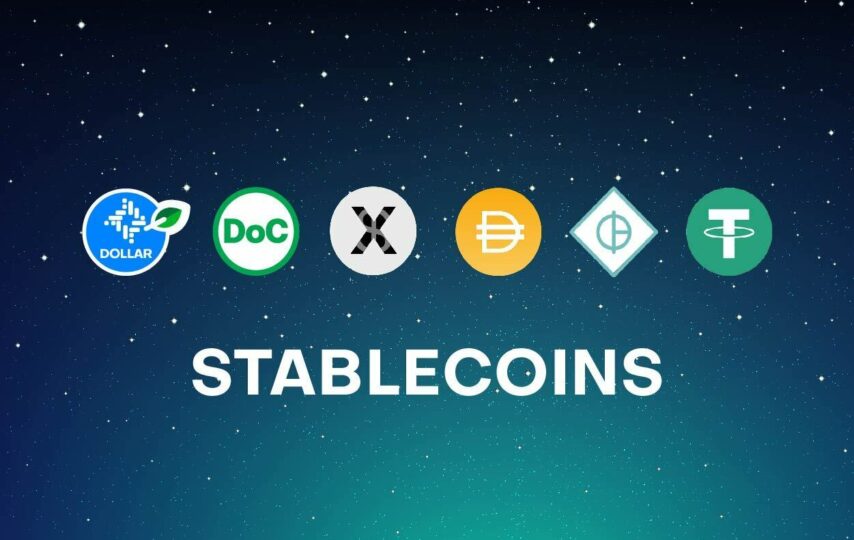From the earliest days of crypto, extreme volatility has been both a blessing and a curse. It was a blessing to that early generation of Bitcoin billionaires who bought early when Bitcoin was trading at $100 and sold when it was in the tens of thousands. But of course, there are plenty less fortunate who could tell a converse story of riches to rags.
Volatility has also been one of the stumbling blocks that has deterred mass adoption. In theory, shopping with crypto has a lot going for it, especially in today’s digital world. It is immensely secure, transactions are instantaneous and cost practically nothing. That’s great, but how can anyone realistically use Bitcoin, or come to that Ethereum or Litecoin, for day to day transactions when its day to day value is subject to such volatility?
Could stablecoins be the answer?
A stablecoin is a cryptocurrency that is backed by a fiat currency – usually the USD, but it could as easily be GBP, EUR, JPY. It could also be tied to some other extremely stable commodity such as gold or silver. Stablecoins have become massively popular among investors over the past couple of years. In fact, Tether is the second most traded cryptocurrency after Bitcoin.
It sounds trite, but the popularity of stablecoins lies in their stability. A wise man once said that nothing is certain in life except death and taxes, and he was right, there are no guarantees. But anchoring a cryptocurrency to something as solid as Gold or the USD obviously makes people more comfortable about it and gives them a warm fuzzy safe feeling.
How are stablecoins used?
One consequence of this confidence and stability is that some people are actually using crypto as a currency with which to purchase whatever they want to buy. When the crypto is seen as stable, then the advantages we mentioned come back to the surface. It is interesting to note that popular payment gateways like UniPayment are reacting to this trend and give consumers the chance to make USDT payments with Tether as well as the usual facility to pay with Bitcoin and Ethereum.
The second popular application is among traders. Many crypto exchanges, including Binance, only want you to trade crypto for crypto. If the storm clouds gather and you think the crypto market is becoming shaky, it can take time to get out completely and to exchange your crypto for fiat. But now you can exchange it for a stablecoin, which we are reliably told is effectively the same as exchanging it for whatever asset the stablecoin is tied to.
How about the disadvantages?
One area in which investors can get burnt when it comes to altcoins is liquidity. Some altcoins simply do not have the backing to succeed and are only held up artificially while peoples keep buying. Obviously Tether is not going anywhere right now, and the same applies to other high profile and popular stablecoins.
However, it is as important as ever to treat new stablecoins with suspicion, just as you would with any new digital asset that suddenly appears on the block. If something claims to be a stablecoin, check its credentials. Things can say they are all sorts of other things these days, it doesn’t necessarily make it true. Also, these ties are not immune from being severed. The Terra Luna crash caused a whole lot of consternation over just how secure stablecoins are. Defenders were quick to remind that Terra was not pegged to USD but was an algorithmic stablecoin, however it planted seeds of doubt.
It would be disingenuous to suggest that stablecoins eliminate all risk. But used wisely, they certainly reduce the volatility risk that has dogged the crypto market since its very inception. This have provided a trigger for more widespread adoption among consumers and investors regardless of their risk appetite.








